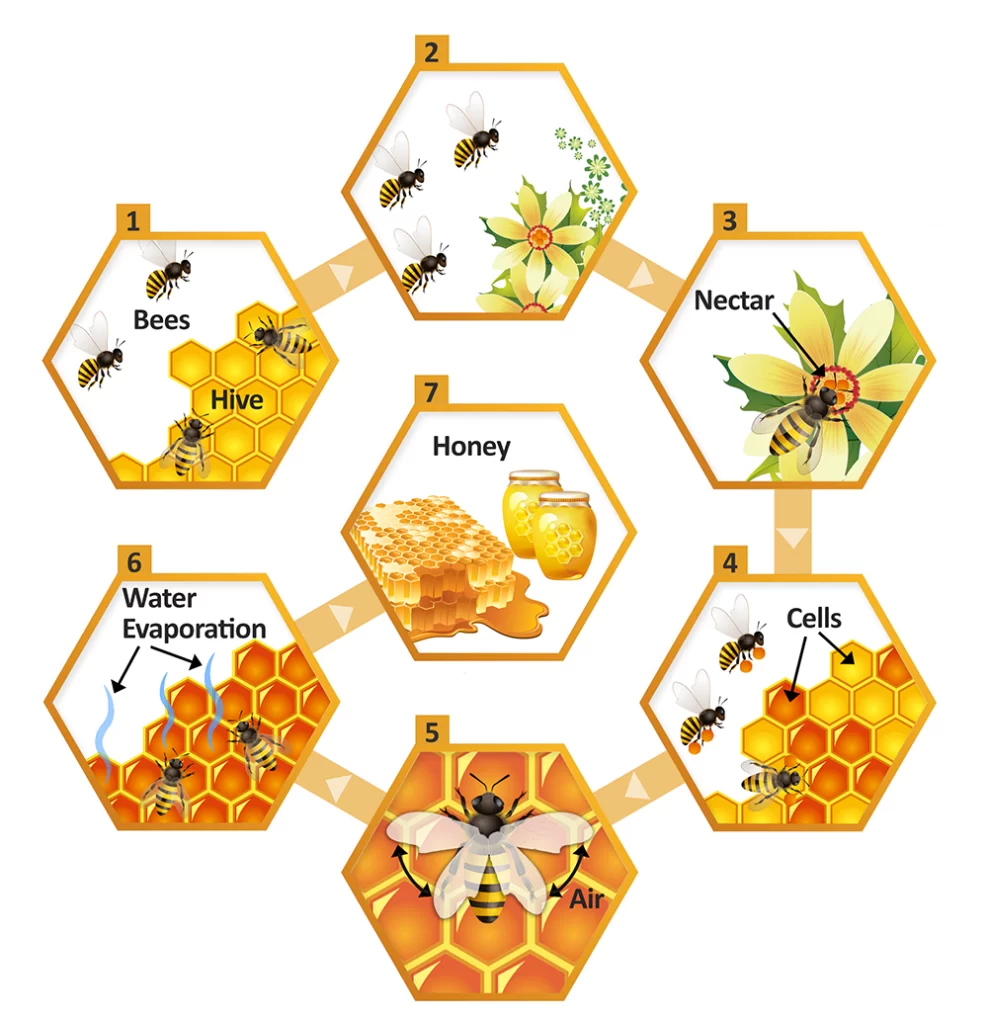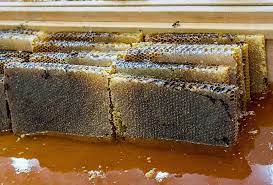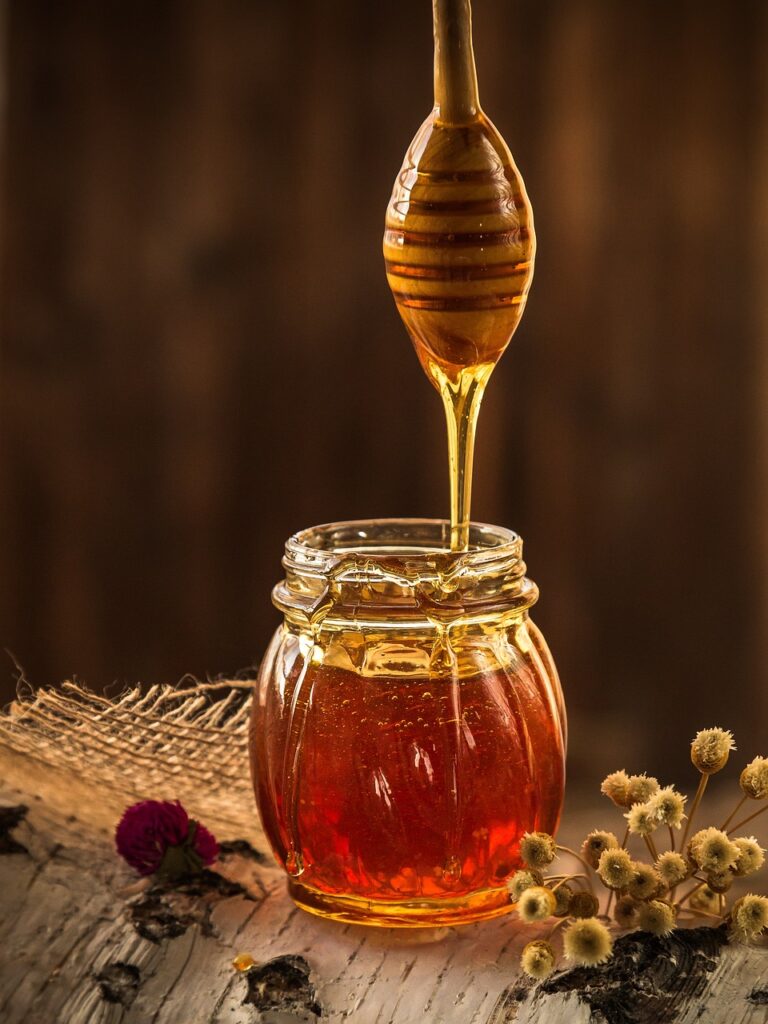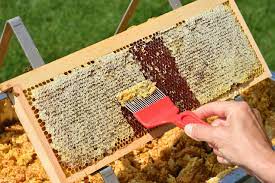Honey Lovers Guide: The Fascinating Journey of Honey from Hive to Table
Honey, Honey Lovers Guide, phases of Honey making, the Bees Great Journey,
Honey is a masterpiece of nature in addition to being a culinary delight with its sweet, golden charm. It is a magical adventure to watch honey develop from the nectar bees collect to its finished product in your kitchen. We’ll learn about the fascinating stages that honey goes through in this tutorial, from the busy beehive to the jar on your table.

1. Phase 1: Gathering Nectar
- The bee’s great journey
When worker bees set out on their valiant quest for nectar, the adventure of honey starts. They go to flowers and gather nectar from the blossoms, which they then store in their specialised honey stomachs.
- Nectar transforming
Enzymes in their bodies activate as the bees return to the hive. The nectar starts to change in their guts. They simplify the nectar’s complex sugars, making it simpler for bees to absorb and more easily digestible.
2. Hive Alchemy, Second Phase
- The Miracle of the Honeycomb

Upon returning to the hive, the worker bees use a procedure known as trophallaxis to distribute the modified nectar to other bees. By consuming and reabsorbing the nectar, these recipient bees further lower their water content.
- Making the Nectar Ripe
The controlled atmosphere of the hive, with its warm temperatures and air movement brought on by the bees’ wing beatings, aids in lowering the nectar’s moisture content. This stage can last for a few hours or for several days.

3. Phase 3: Sealing with Beeswax

- The Honey’s Casing of Protection
Bees begin to gather when the nectar’s moisture content reaches the desired level. Beeswax is used to seal the honey-filled cells. The freshness and purity of the honey are protected by this sealing.
- Colour and Taste

Colour and Taste of Honey
The sorts of flowers that the bees collect nectar from have an impact on the distinctive qualities of honey, such as its colour and flavour. Just a few examples of the many sources that produce various honey kinds include clover, lavender, and eucalyptus.
4. Fourth Stage: Harvesting


The Care Of A Beekeeper Beekeepers intervene when the honey is ripe. By gently removing the frames containing the capped honeycomb cells, they extract the honey from the hive. To cause the least amount of disruption to the bees, this procedure must be carried out precisely.
- Processing
Processing is done to the harvested honey to get rid of contaminants like pollen and beeswax. The final product is then squeezed to make sure it is smooth and clear.
5. 5th stage: Bottling
- The Last Transfiguration
The unadulterated honey is prepared to be placed on your kitchen table. It is then poured into glass or plastic containers so that honey lovers like you can enjoy it.
Conclusion: An Organic Masterpiece
It is an amazing procedure for honey to travel from the hardworking bees’ nectar harvest to its finished product in your kitchen. It is both an example of the beauty of the bee world and a work of art created by nature.
If you enjoy honey, you may now enjoy your delicious treat with a greater understanding of the extraordinary journey it underwent from the beehive’s centre to your morning toast.

Q 1: How do bees choose which flowers to visit for nectar?
A. Based on elements including colour, fragrance, and the amount of nectar present, bees are drawn to flowers. To find the right blooms, they employ their keen sense of smell and specialised vision.
Q 2. Why is beeswax included in the honeycomb cells?
A. Honey is enclosed in a layer of beeswax for protection. The chambers are sealed, protecting the honey from contamination and the weather.
Q 3. Are the flavour and texture of each type of honey the same?
A. No, the flavour, colour, and texture of various honey kinds can vary greatly. Depending on the kinds of flowers the bees visit to gather nectar, several variations exist.
Q 4. How can beekeepers protect the bees’ security while collecting honey?
A. Beekeepers reduce hive disruptions as much as possible while honey is being harvested. This includes handling the frames carefully to prevent injuring the bees and using smoke to quiet the bees.
Q 5. Is processing of honey required?
A. Processing honey helps ensure its quality and purity by removing contaminants. However, to maintain honey’s natural properties, little processing is advised.
👌
Thanks